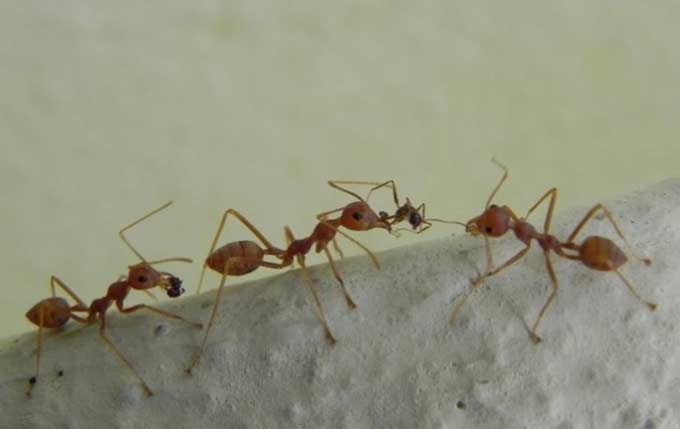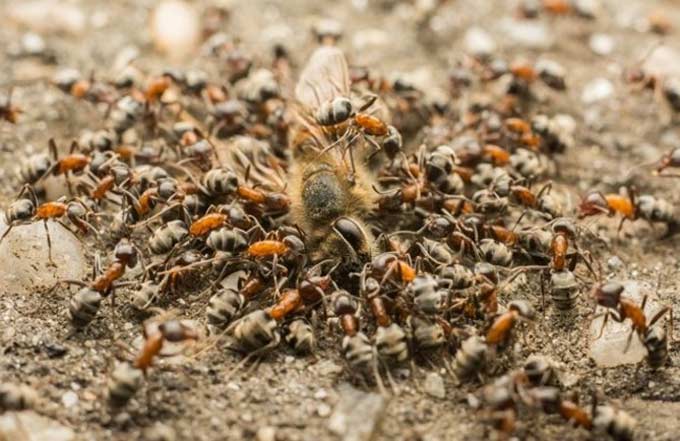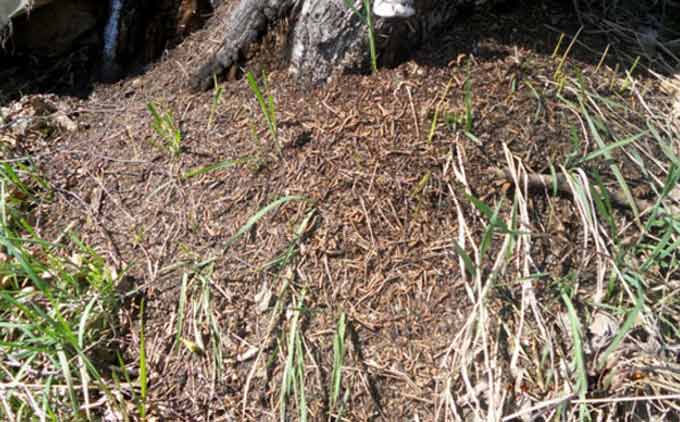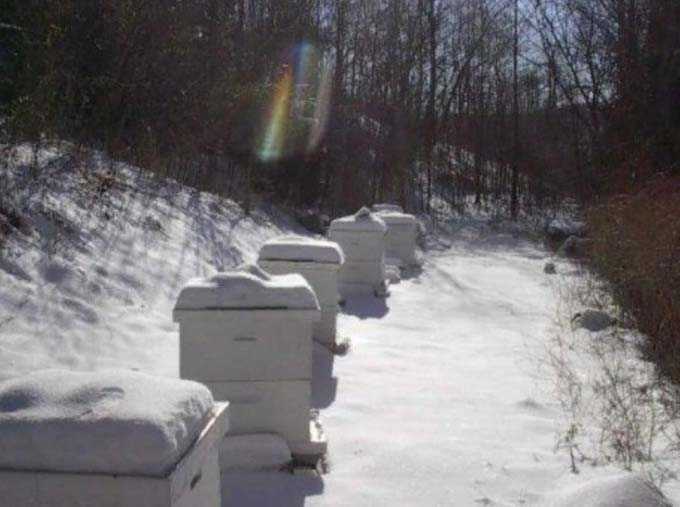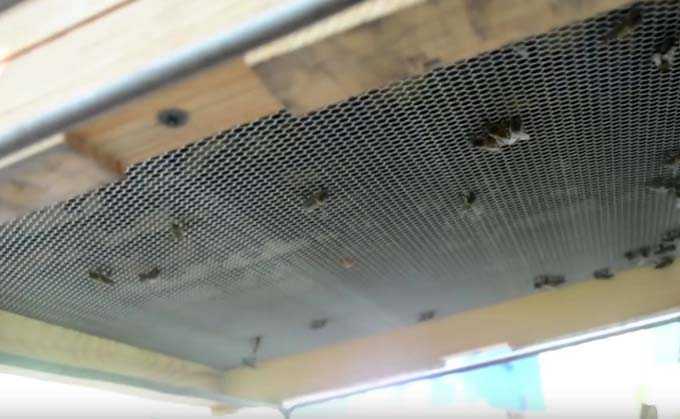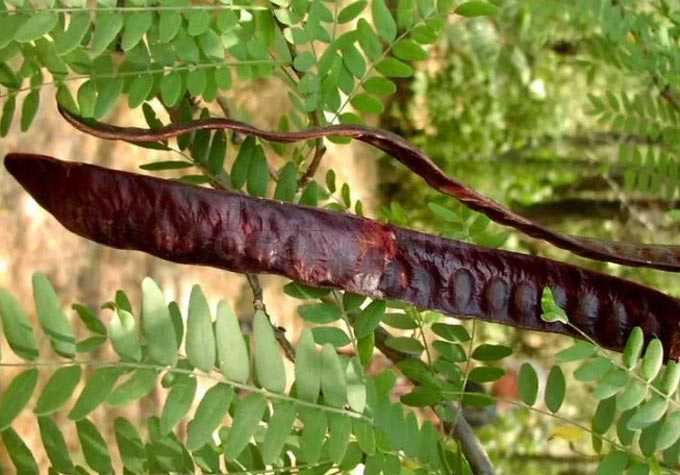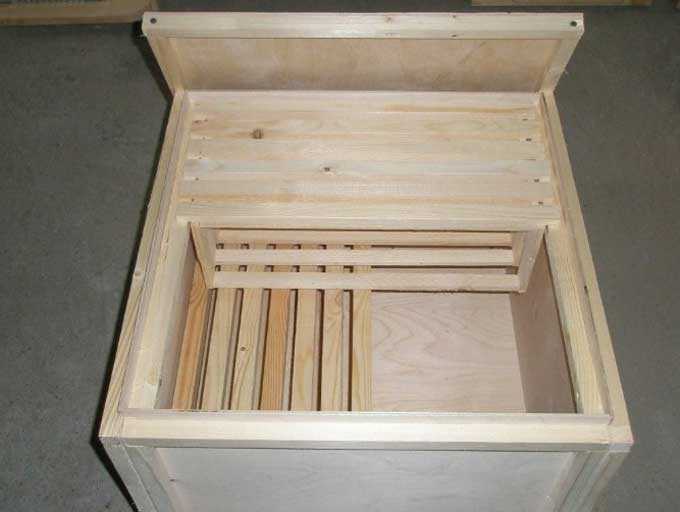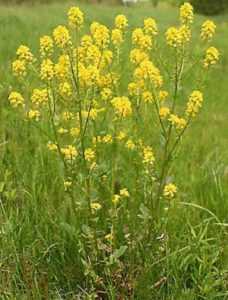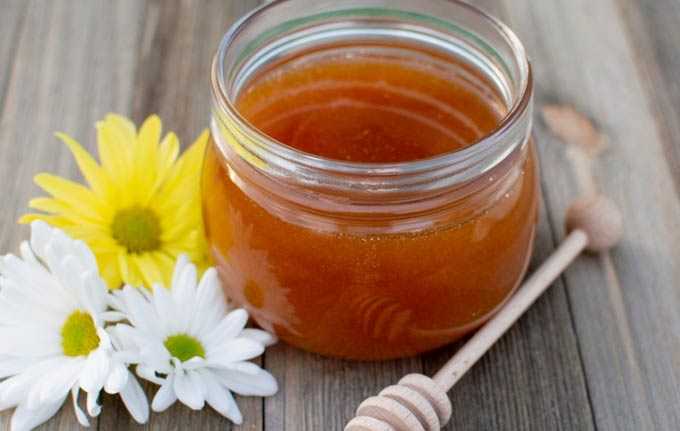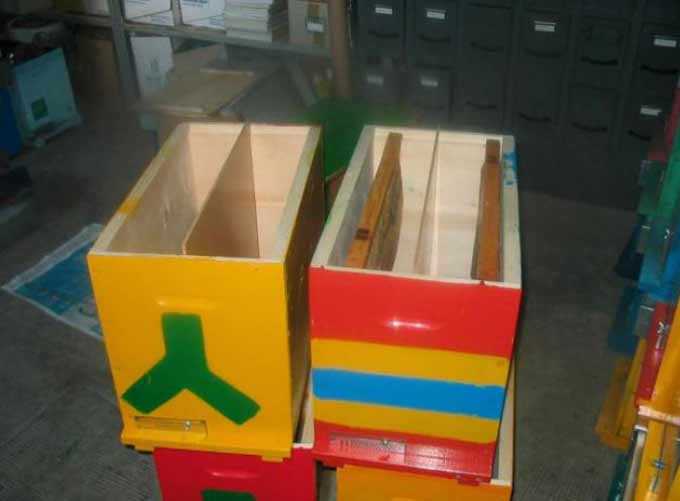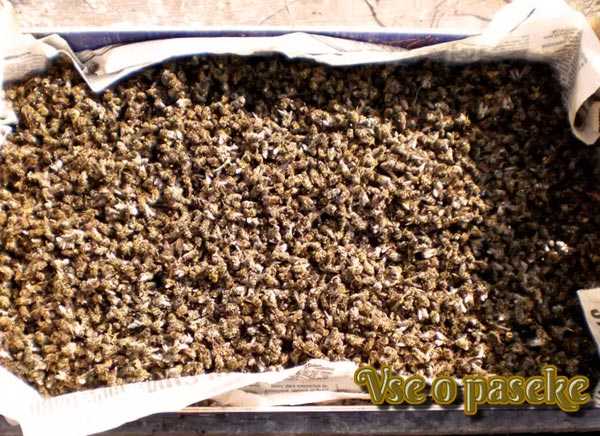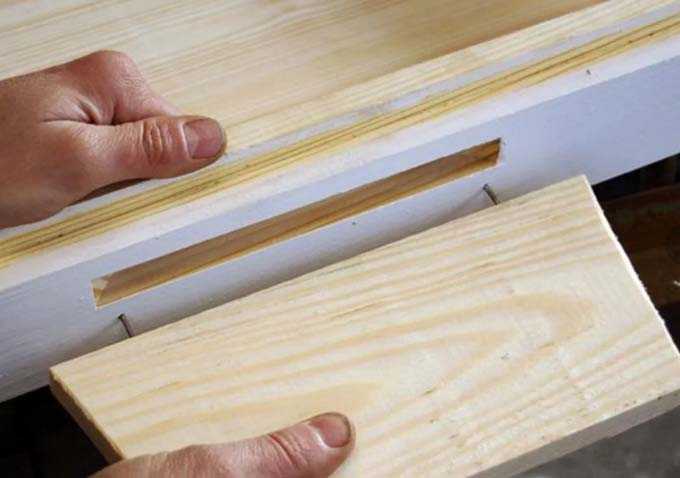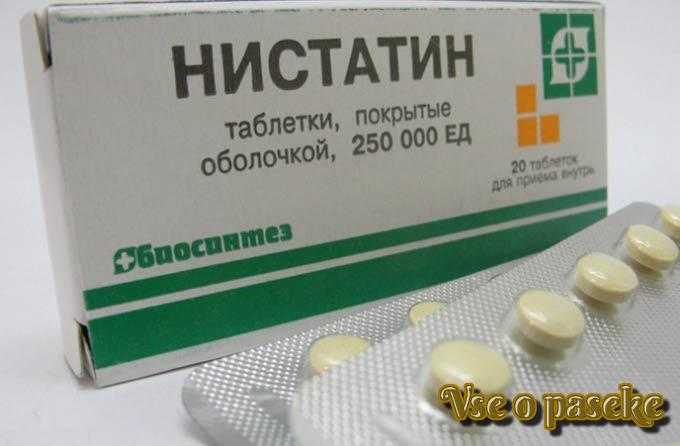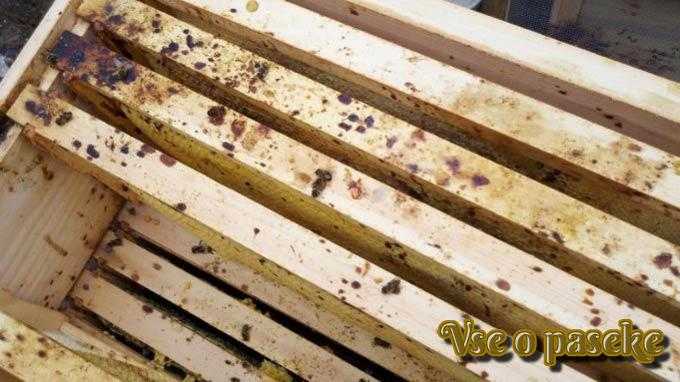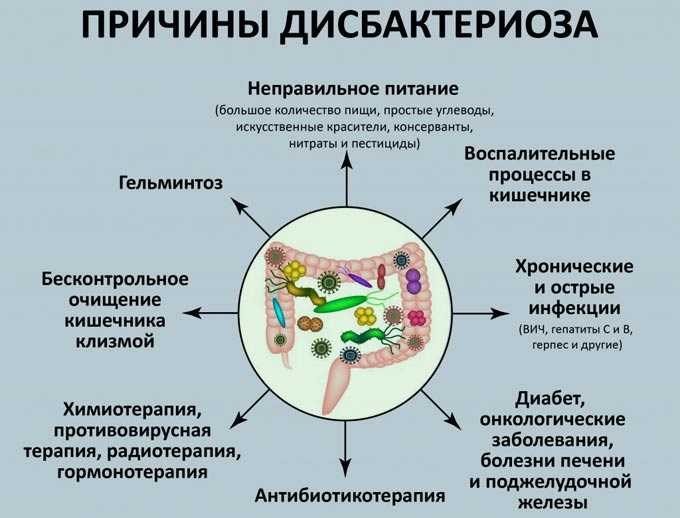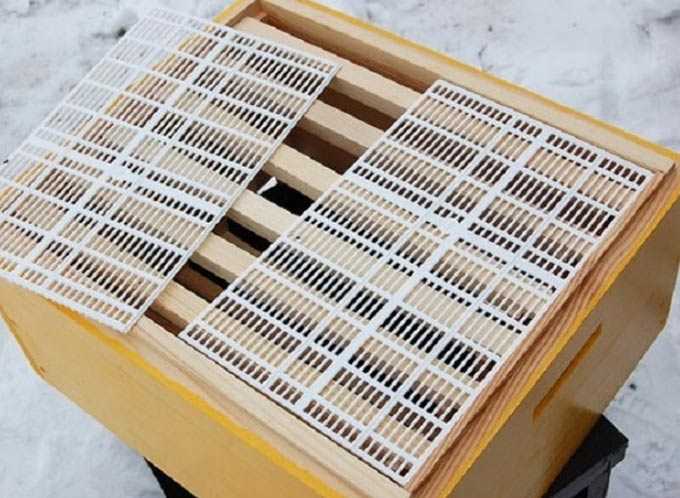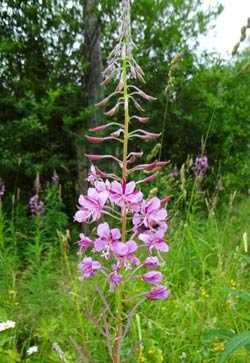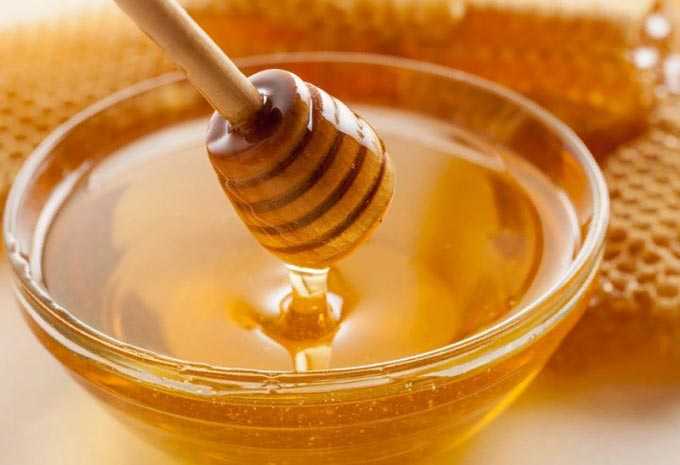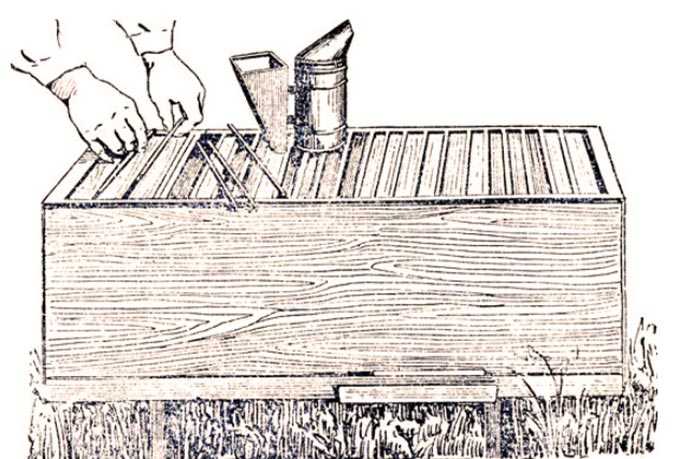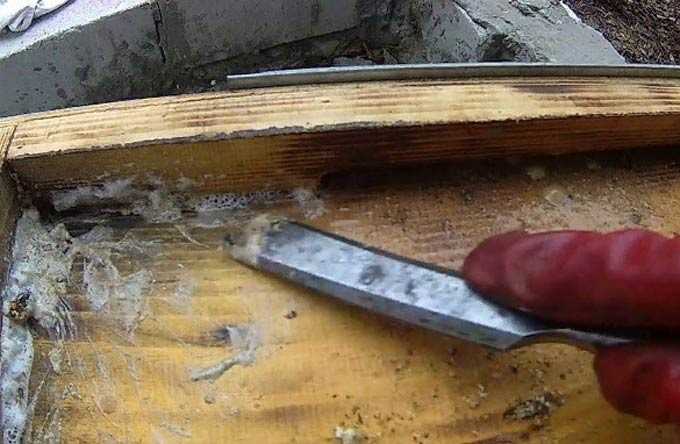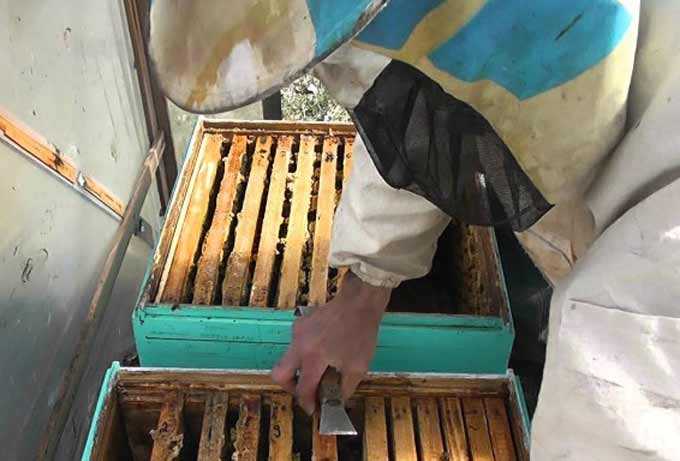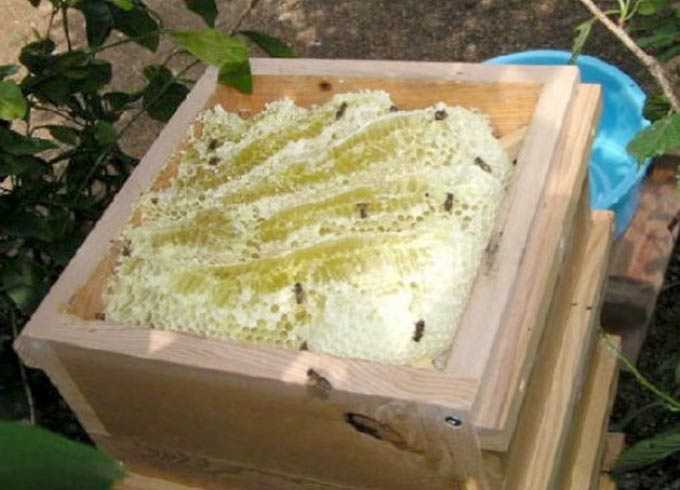Ants are widespread representatives of the order Hymenoptera. Found in almost all apiaries. Most often, dark brown forest, red forest, black or garden ants can be found near the hives.
Fighting ants in an apiary is a mandatory measure to prevent honey theft, destruction of larvae and littering of bee houses with garbage.
The content of the article
- 1 Danger of ants
- 2 How to neutralize ants
- 2.1 Iron sockets
- 2.2 Grease
- 2.3 Cotton wool
- 2.4 Brine and dry salt
- 2.5 Mustard
- 2.6 Sunflower oil
- 2.7 Use of plants
- 2.8 Wood Ash
- 2.9 Natural or artificial fur
- 2.10 Silicone filler and cotton wool
- 2.11 Waste fuel
- 2.12 Polyethylene film
- 2.13 Superphosphate
- 2.14 Effects of cold
Danger of ants
Ants live in large families. In general, they are considered beneficial insects – they massively destroy garden aphids and other pests. However, with an increase in the number of anthills, they can cause damage to the beekeeping economy.
They are omnivorous – they willingly eat other insects, plant seeds, household waste and food with a high content of sugary substances, including honey.
Insulated hives are populated in the apiary, littering them with the products of their vital activity, disturbing the bees and damaging the bee products.
When attacking a bee’s nest, they can carry away up to 1 kilogram of honey per day. And larvae and bee eggs are stolen from weakened families. They often attack weak individuals, gnawing their abdomen and sucking honey from goiter.
Another danger caused by ants is the transfer of pathogens of various diseases. Representatives of this family can cause the development of European and American foulbrood in hives.
The only available preventive measure against the ubiquitous insects is the installation of an apiary in areas free of large anthills.
It is not recommended to specifically destroy ant nests! This leads to a disruption of the natural balance between different types of garden insects. For example, the number of aphids may increase – as a result, young trees and shrubs will die.
How to neutralize ants
You probably won’t be able to completely get rid of ants in the apiary. However, beekeepers have every opportunity to protect the hives from their attack.
You can fight these insects using various folk methods and means. Below is a list of the most popular and effective ones.
Iron sockets
You can fight ants in an apiary by installing iron rosettes on support pegs placed under the hives. Outwardly, they resemble metal lids for glass jars with a hole in the middle and high sides on the sides.
Fitting the outlet tightly onto the peg, fill it with any of the liquids listed. Waste engine oil, kerosene, and even plain water can be used. True, the water will have to be topped up periodically as it evaporates.
Any available sealant or sealant is used to eliminate leakage around the peg.
Grease
In the upper part of the pegs, you can make a small cut, stepping back from the edge by 8-10 centimeters and deepening the notch.
The resulting groove is filled with grease or tar. Ants cannot pass through such an obstacle.
Cotton wool
The next method involves the use of cotton wool or rags dipped in kerosene or diesel fuel.
A large nail is driven into the upper end of each peg. During work, it is necessary to ensure that the heads of the nails are at the same level, and the hive is stable and level.
The nails rise above the plane of the pegs by about 6-7 cm.
After installing the bee houses, a roller of rags or cotton soaked in kerosene is placed around the nails. The cotton wool or cloth is regularly moistened. The strong chemical odor prevents ants from entering the hives.
Brine and dry salt
A good remedy for ants in an apiary is common table salt. It is scattered along the bottom of the bee houses. As a result, the ants leave not only the nest, but even disappear from the canvas.
Watering the area near the hives with a saline solution is effective. To prepare it, salt is diluted in the required amount of warm water at the rate of 200 g for each liter. The solution is poured around the perimeter of the bee houses.
In dry summers, such protection can last from 30 to 60 days.
Mustard
Mustard powder is used in a similar way. Spread 1-2 tablespoons of mustard in a thin layer around the bee houses.
Mustard retains its smell and bitterness for a long time, which repels pests. Sprinkling of already beaten ant paths is also practiced. This method of struggle gives the best results.
Sunflower oil
Sunflower oil is used for processing honey extractors, cans, dishes with wax trimmings.
To scare away insects, a circular smear is made around the perimeter of the container. After drying, the procedure is repeated after a few days.
This method works well during the honey pumping period. For the entire season, 30 bee colonies require 200-250 g of oil.
Use of plants
Ants do not genetically tolerate the smell of some plants.
You can fight ants in an apiary with folk remedies:
- Unfolding fresh tomato leaves on top of the nests on laps, covering them on top with paper. Insect pests avoid the houses as long as the smell of leaves is felt under the cover.
- Cultivating tomatoes directly in the apiary, near the hives. This allows you to get a good harvest – the bees pollinate the plants, and at the same time scare off the ants.
- Unfolding bunches of green onions or chopped onion feathers to the bottom of the hive or over laps. The same method works for the protection of dry boxes.
- By placing pine needles in a mixture with sawdust and stove ash in the space between the walls in the manufacture of insulated bee houses.
- Laying out in the hives bunches or sprigs of parsley… This plant has a rather pungent smell that repels pests.
- The same effect is given by chrysanthemum… Bunches of flowers should be placed in bee houses along with greens.
Wood Ash
Ash obtained from burning wood or grass in autumn is used for sprinkling ant paths and ant hills.
This leads to the relocation of insects to another place. The entire colony leaves – the pests move to a “new apartment”, taking all their children.
Natural or artificial fur
Small strips of fur flap 3-4 cm wide are used for the pegs that hold the houses.
Using small nails or glue, the fur is fixed on pegs 5 cm below the top cut. The villi should be pointing towards the ground. The fur ring prevents insects from moving.
One-piece fur cut can be used as a rug under drying boxes or honey frames.
Silicone filler and cotton wool
The stuffing of modern silicone or synthetic padding works in a similar way. This filler can be spread over the pegs, directly under the bottom of the hives.
Having reached the fleecy material, insects immediately return to the ground. Old cotton wool has the same effect.
Waste fuel
Waste self-lubricating mixtures from tractors and other machines are suitable for lubricating the pegs along their entire length.
It is enough to perform two or three treatments for annoying insects to leave the apiary.
Polyethylene film
Pegs or stands can be covered with plastic wrap, the edges of which will not reach the ground by 4-5 cm.
Alternatively, use a piece of film placed on top of the peg so that the edges of the polyethylene protrude beyond the diameter of the peg.
Or, cover the film with an empty tin can on top and nail it in the center with a nail so that the film is visible from under the edges of the can.
Superphosphate
For the destruction of anthills, superphosphate is suitable, used by gardeners to fertilize the beds.
A few handfuls of fertilizer must be thrown onto the nest. Within 5-7 days, both adults and all larvae will die inside it. This can be seen by stirring up the top of the nest.
Effects of cold
With the onset of severe frosts, it is necessary to destroy with a pitchfork all the anthills located within a radius of 100 meters around the point with the hives. Only their upper part is raked up! This is enough for cooling.
Cold air quickly penetrates along the passages into the nest, causing massive death of insects of all ages.
The latter two methods should be attributed to radical methods of struggle, which are resorted to only in extreme cases (for example, with an aggressive attack on an apiary in the summer). Usually, various homemade repellents help to cope with ants. It is effective and humane.
You can read about counteracting other pests and enemies of bees here: Bee pest control in the apiary

